Should You Buy a Car With a Dual-Clutch Transmission?

Updated January 2019
In the quest to find a new car, there are a lot of questions that need to be asked. Questions about cargo room, technology, options, luxuries and other various elements will come up more than a few times while shopping for a new car. However, from the car driver’s perspective, there are just three main questions: How comfortable is the driving experience? How fun is it to drive? How good is the car on fuel?
SEE ALSO: Manual Transmission Supra Still Being Considered
A major factor in answering those three questions has to do with the right transmission. Let’s face it, manual transmissions aren’t for everyone. They require familiarity and a level of perfection to get just right. With a traditional automatic transmission, drivers have been able to experience a fairly comfortable, yet less engaging experience. Still, an automatic transmission can leave any driving enthusiast unsatisfied. Luckily, progress has been made in the world of automatic transmissions that can help alleviate those woes.
A recent trend in transmissions is the Dual-Clutch Transmission, or DCT. Dual Clutch Transmissions have been around for quite a while, especially in high-powered performance cars, but the technology has been steadily making its way into more everyday driver consumer cars. DCTs are a lot like manual transmissions, except they have two clutches, and no pedal to control them. What this means is that there’s less interruption of power when shifting gears. It works like this: as you’re driving along, the car has already selected the next gear, so when it’s needed, it just does a quick change. No need for disengaging and engaging the clutch. The whole gear change takes just milliseconds to complete and is much quicker than a manual transmission.
To compare, the average person’s time to shift a manual transmission ranges between half a second to a full second. Previously, regular automatic gearboxes took much longer to shift than a DCT. These days, though, new advancements in automatic transmission software and design have made them much, much faster and quicker shifting. DCTs were once the gold standard in performance transmissions, but with automatics now getting faster, they are beginning crop back up.
SEE ALSO: Are CVT Transmissions Reliable?
Many DCTs can operate in two modes, a fully automatic mode, so the car’s computer chooses when to changes gears for you, or a manual mode, which lets you select gears via buttons, steering wheel paddles, or by moving the gear stick. The DCT in the end is an ideal candidate for a driver who wants to have an engaging manual like driving experience when they want it, and a comfortable automatic transmission for more mundane driving.
One of the first passenger car to have a DCT was the 2003 Volkswagen Golf R32. Other car companies have jumped on board with the DCT technology, offering it as an option on many cars. The technology seems to suggest that DCTs are a great idea for high-performance cars, where precision gear-changes are necessary, but how do DCTs act on your regular passenger car?
Ford’s version of the DCT, called Powershift, has been available on the Fiesta, and Focus for a little while now, and has encountered a few snags. Drivers found that the shifting is not as smooth as they expected. Additionally, there was some slowness in the selection of the next gear, especially when trying to accelerate at lower speeds. These issues aren’t just present on Ford’s DCT. Some drivers call VW’s dual clutch solution jerky too, especially in slow speeds.
Those minor quibbles about DCTs, however, are nothing compared to the issues that have plagued single clutch sequential gearboxes. DCTs are significantly smoother than single clutch units, prompting a switch by companies like Ferrari and BMW.
SEE ALSO: CVT Transmission Pros and Cons
Richard Truett an automotive engineering reporter that used to work at Ford explained what the future holds for the brands DCT. “[They] are continually working to refine and improve the dual clutch transmission, so that when it changes gears the sensation won’t be any different from a traditional hydraulic step-gear transmission,” he said, acknowledging past criticisms. As of 2019, though, Ford has never truly solved this problem and has faced class action lawsuits over the defective transmission. This is easily one of the worst transmissions found on any modern-day car, to be frank.
Volkswagen is upbeat though. Mark Gillies, manager of product and technology communications for VW says, “The future looks good for DSG, because it combines the ease and convenience of an automatic transmission with the fun-to-drive element of a manual and because it doesn’t have an energy-sapping torque converter, it usually gets better gas mileage than a conventional automatic.” For what it’s worth, VW’s DSG box is one of the best transmissions in the business.
Gillies also adds, “We are very happy with the technology and feel it gives us a unique selling proposition, particularly on our TDI and sporty vehicles.” To date, Volkswagen has sold over 3.5 million cars with their dual clutch transmissions.
SEE ALSO: The 10 US States That Still Love the Manual Transmission
Are DCT’s an ideal option for every car? Truett tells us there are a few places where a DCT just won’t work. “Dual clutch automatics don’t make sense for some vehicles, such as Heavy Duty pickups.” Truett added, “A dual clutch transmission works best in a vehicle where fuel economy is the top priority. So, you are likely to see dual clutch automatics in small cars.” So if you’re looking for a sportier feel in your daily drive, but want the ease of an automatic, a DCT is a great choice. It’s far more responsive than a traditional automatic or a Continuously Variable Transmission, and brings comparable fuel efficiency. DCT’s can be a good blend of performance and fuel economy, but that ratio depends on the manufacturer and the car. Some are much better on gas than manual or traditional automatic, while others can be more performance oriented.
Either way, try it out yourself when deciding if it’s truly better for you. DCT transmissions in cheap mass market passengers cars are extremely uncommon now, though, so it’s unlike you’ll ever be faced with this dilemma. Traditional automatics are much more common and for good reason: they are more reliable, shift smoother and are cheaper to service and maintain.

Sami has an unquenchable thirst for car knowledge and has been at AutoGuide for the past six years. He has a degree in journalism and media studies from the University of Guelph-Humber in Toronto and has won multiple journalism awards from the Automotive Journalist Association of Canada. Sami is also on the jury for the World Car Awards.
More by Sami Haj-Assaad





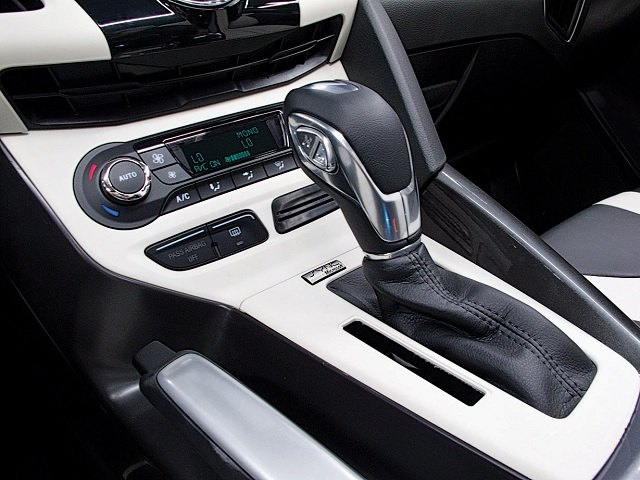













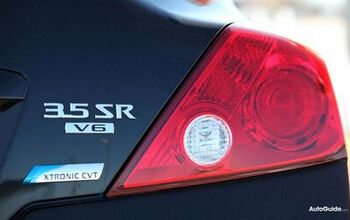
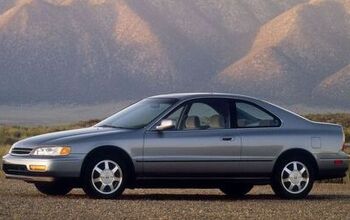
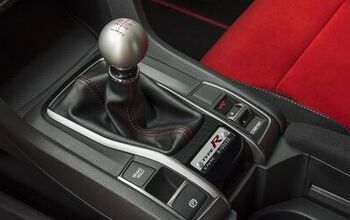
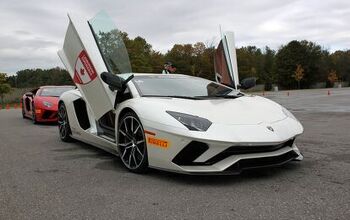



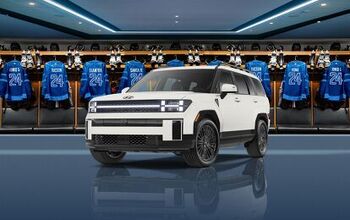




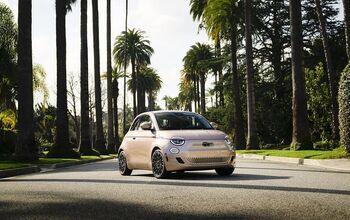

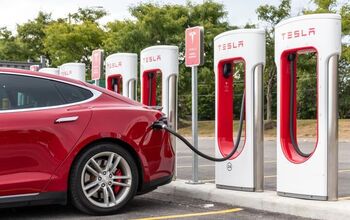
Comments
Join the conversation
The dct isn't the problem. Ford just doesn't care about quality.
A 35,000 mile Ford Focus, in otherwise mint condition had a dreadful vibration DCT gearbox. DCT is a problem, and also current Ford quality control is clearly not good. This car was impossible to drive after it had warmed up. Fortunately for me the dealer took it back, the irony being that my Ford Mondeo changes gear smoothly after 251,000 miles, so the DCT box is progress?